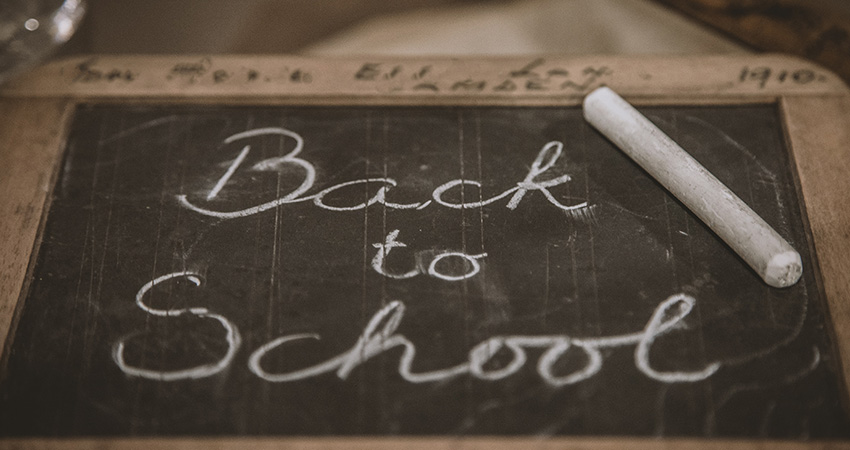The NRF is projecting record back-to-school spending, even though macro indicators are challenged (credit: Deleece Cook on Unsplash)
Economic signals are a bit of a mixed bag heading into the important back-to-school and back-to-college shopping season, an economist with the National Retail Federation told reporters, with inflation easing but spending on services and essential items still impacting spending on discretionary goods.
In spite of this unsettled macro picture, the NRF is projecting record spending on goods for K-12 and college, pegging back-to-school at $41.5 billion or a 12.5% increase, with college spending increasing from $74 billion to $94 billion.
“As we look at everything, it’s difficult to gauge the economy, given volatility and a lot of the uncertainty,” said NRF Chief Economist Jack Kleinhenz. “We are making progress especially on inflation. You can argue it’s coming down, but not enough, as a result of (Federal Reserve) rate hikes.”
Just like the monthly CPI figures from the Bureau of Labor Statistics, and the rate of increase in ecommerce prices, key indicators are still going in the wrong directly, but at a slower pace. For example, Kleinhenz said, the personal consumption expenditure price index, a consumer metric closely watched by the Federal Reserve, was up 3.8% in May, the first time it has risen below 4% since early 2021.
“After 16 months of monetary policy tightening, (consumer behavior) is a lagging effect,” he said. “It’s a tricky job for the Fed. I hope they don’t tighten (credit) too much. I believe we’ll see a .25% increase. We’re very near the end.”
Last week, NRF reported that June retail sales, excluding automobile, gasoline and restaurants, was up 0.4% from May and up 3.3% unadjusted from 2022. The three-month moving average in June was up 3.1% year-over-year, unadjusted, down from 4% for the first half of the year.
“Consumers are spending, but there’s a lot of pressure out there,” Kleinkenz said. “They’ve been adjusting where they buy, how much in terms of goods vs. services.”
While there has been a rise in payment delinquency and reliance on credit, it is slowing as well. The financial obligation ratio, a key indicator of how consumers are managing debt, fell .17% in Q1 to 14.28%, Kleinhenz said, with the Q2 reading coming in a month.
“We’re still below where we were in Q1 of 2020, but our concerns about having too much credit is not as much of a concern as some thought,” he said. “We do have rising wages and jobs, and (easing) inflation has been a tailwind for retail sales.”
Katherine Cullen, vice president of industry and consumer insights for NRF, said back-to-school shoppers are expecting more discounts this year than in 2022. Of consumers who said they expect to spend more this year, 16% said it was because they didn’t believe deals would be that good, a figure which dropped from 25% in 2022.
“People feel they’ll be able to find value, they simply need more items for this season,” Cullen said, the latter a reference to NRF’s overall projected back-to-school spending increase.

